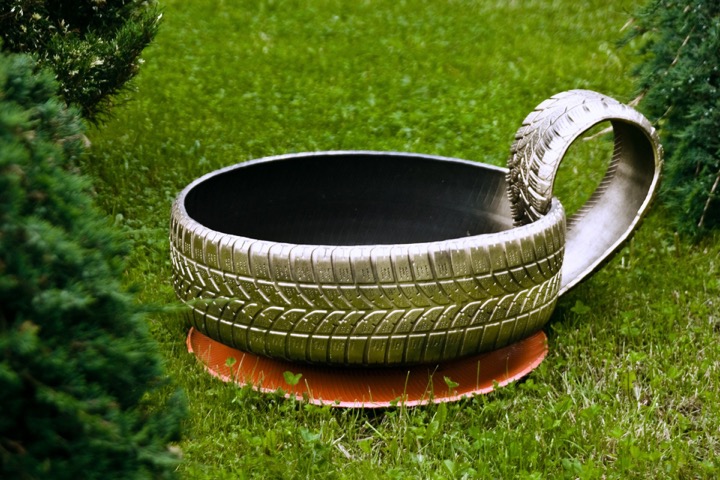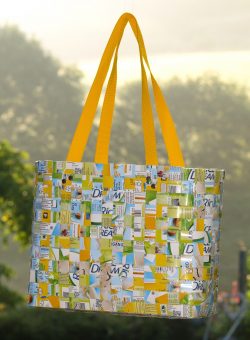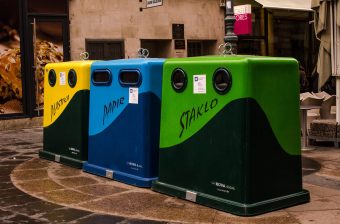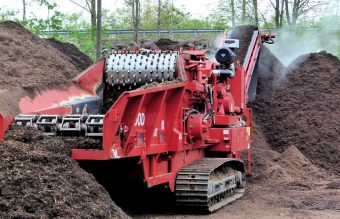
Have you ever strolled around the park and asked yourself where all the leaves that have covered the ground only a few months ago went? Or how the hell the sunflower shells that you have showered the soil around the bench with disappeared just like that after some time? When Barry Commoner, the creator of the four laws of ecology, said that everything had to go somewhere, and everything was connected to everything else because nature knew best, he thought of the organic matter that included leaves and sunflower. If you eat a banana and you throw its peel in nature, after a while it will come to its decomposition and in the end, it will completely vanish, just like leaves and sunflower. It is understood that that would not be the act reflecting the culture and a good upbringing, but it would not contaminate the environment permanently.

However, if you throw an empty plastic bottle, it is not going to resolve in nature. You cannot pick up the plastic from the tree like you can do with a banana. The plastic is not the organic material which is going to be decomposed by the enzyme (even though the scientists did discover the artificial one which could do that by accident). It is the material which is not the part of a circular system of nature and therefore it represents an intruder whose subsidence leads to permanent pollution. Just imagine how much orange rind, watermelon, potato and food remains are thrown out along with these plastic bottles, cardboard packing, burnt bulbs and emptied batteries. I believe that it is going to sound like I am emphasizing but the responsible services in the public utility company City Sanitation gave estimates that the landfill in Vinca receives 1.500 tons of different waste. If Belgrade alone produces this much trash, it is inevitable not to think how much junk is produced daily in our country as a whole.

Produce-use-recycle-reuse– that is the shortest and the simplest explanation of circular, or green, economy. During the second decade of the 21stcentury, the waste has become one of the world’s biggest strategical resources which are being used as an important energy source. While some countries (such as Norway) are processing sludge to get biogas, we are still having huge difficulties cutting out the use of plastic bags. And that is our big problem! There are no major shifts either in the sorting of waste or recycling, although both could be a source of income. Let’s take the example of the glass packaging that is thrown out of the restaurants and cafes all over Serbia each day. Instead of being converted to profit, the glass ends up at the unregulated landfills. Due to the overall bad situation in this area and the lack of infrastructure capacity, Serbia is even forced to import it from neighbouring states. On the other side, there is not a single compost facility in Serbia that would process green, organic waste and produce exceptionally significant bio compost for agricultural land. Bio-compost would lead to reduced use of artificial fertilizers and, consequently, to even more reduced soil contamination.

In other words, the waste that is all around us, both in nature and wild landfills, remains unused. As it cannot circulate naturally, it is necessary to enable it with additional human effort. That effort, on the one hand, opens up the possibility of employment and gaining financial profit and on the other hand, leads to less pollution of the environment. It is the fact that our environment is polluted, but we should not worsen the current state but to improve it. That means that even though we undoubtedly must generate trash, we should not increase it but use it again through a sustainable and more importantly economically cost-effective system. That is why we should add the element of earnings to the previously mentioned definition. In that case, it goes like this: produce-use-recycle-reuse-earn. And that would be the essence of the circular economy itself.
Radomir Jovanovic
This article was published in the new issue of the Energy portal Magazine on CIRCULAR ECONOMY, September-November 2018



